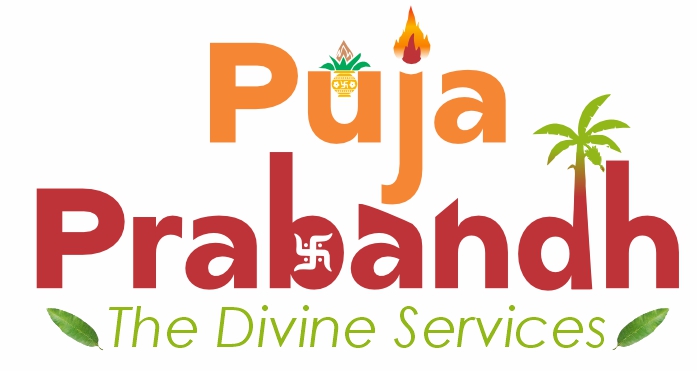Gudi Padwa is a significant Hindu festival that marks the New Year for Maharashtrians and Konkani Hindus. It is celebrated on the first day of Chaitra month (March–April), which is also the beginning of the Vasant Ritu (spring season) and the Hindu lunisolar calendar.
This day is believed to be the time when Lord Brahma created the universe, and it also commemorates Lord Rama’s coronation in Ayodhya after his victory over Ravana.
🕉️ Spiritual Significance
Gudi Padwa symbolizes:
- New beginnings and prosperity.
- The victory of good over evil.
- Health, wealth, and success for the coming year.
🙏 Gudi Padwa Puja Rituals
- Ritual Bath and New Clothes:
- Devotees start the day with an oil bath and wear traditional attire—women often wear sarees with a nath (nose ring), and men wear kurta-pajama with a saffron turban.
- Cleaning and Rangoli:
- Houses are cleaned, and colorful rangolis are made at the entrance to welcome the New Year.
- Raising the Gudi:
- A Gudi (flag) is hoisted outside the house. It consists of:
- A bright silk cloth tied on a bamboo stick
- Decorated with a garland of neem and mango leaves, sugar crystals, and a copper or silver kalash (pot) placed on top.
- The Gudi symbolizes victory, prosperity, and warding off evil. It is placed on the right side of the main entrance or a window.
- A Gudi (flag) is hoisted outside the house. It consists of:
- Puja and Offerings:
- The Gudi is worshipped with turmeric, vermilion (kumkum), flowers, and traditional sweets.
- Devotees recite prayers to Lord Brahma, Lord Vishnu, and Lord Rama.
- Special Prasad:
- A mixture of neem leaves, jaggery, and tamarind is consumed—symbolizing the balance of bitterness and sweetness in life.
- Feasting:
- Traditional dishes like Puran Poli, Shrikhand-Puri, and Sooji Halwa are prepared and shared with family.
🌼 Message of Gudi Padwa
Gudi Padwa brings a message of renewal, triumph, and joy. It is a time to let go of the past, embrace new opportunities, and begin the year with optimism, devotion, and gratitude.

